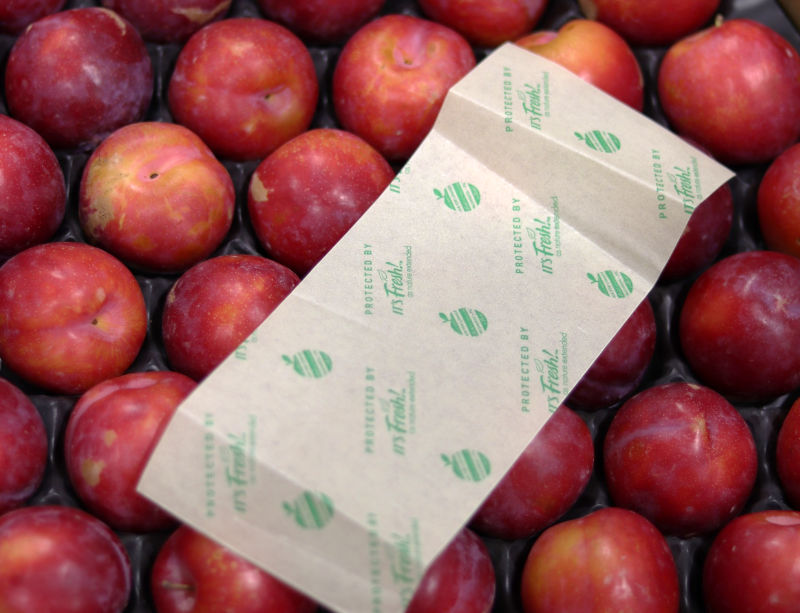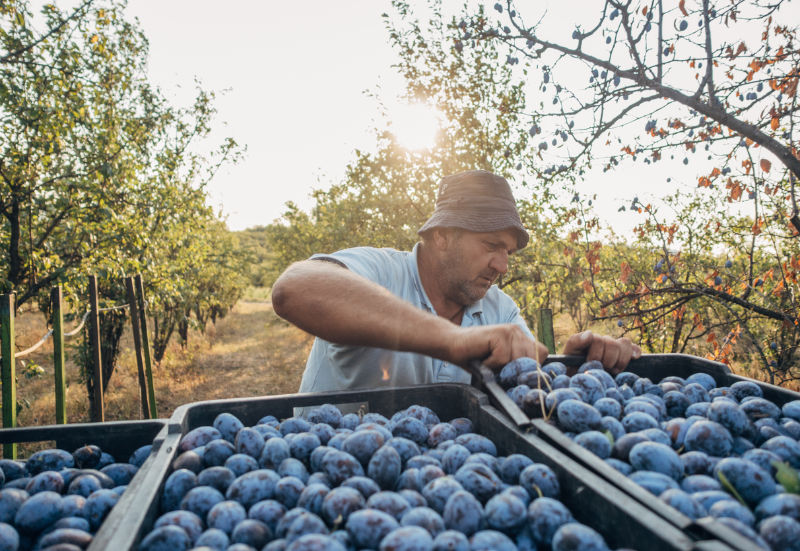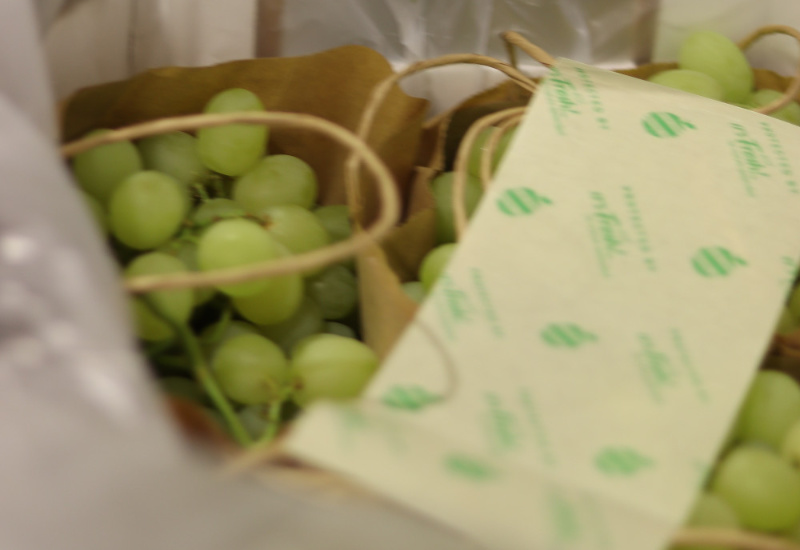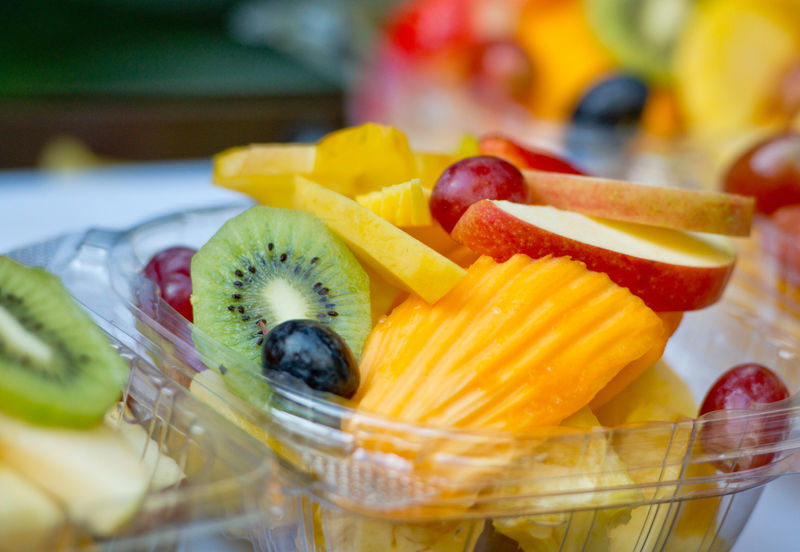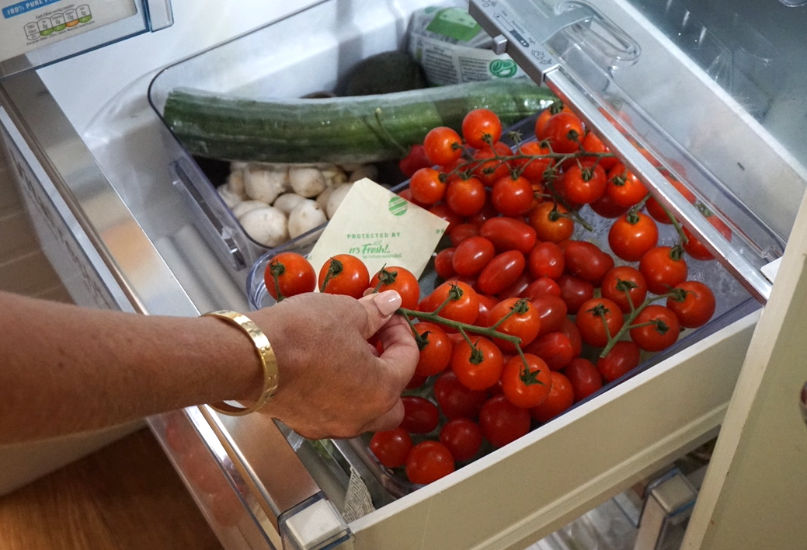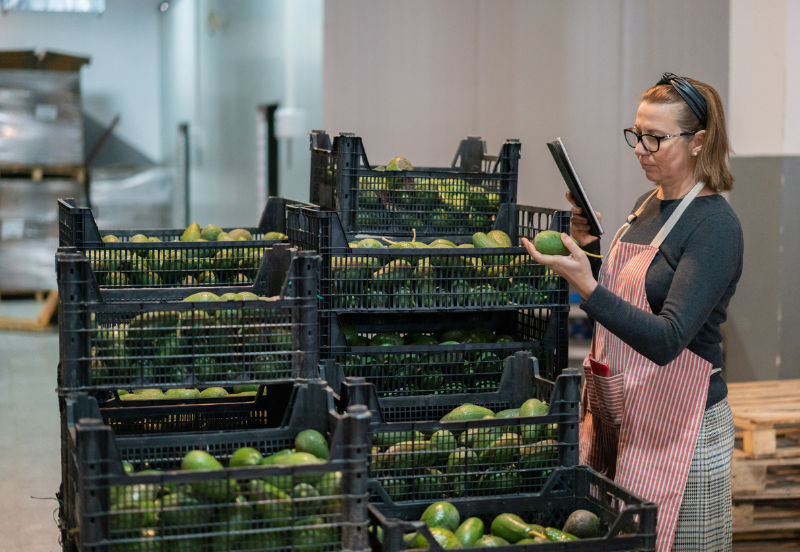There are alternative technologies available in the market which work in different ways:
1-MCP works to block the ethylene receptors entirely, inhibiting the ripening process and, therefore, holding the development of the fruit or vegetable at the point it is applied.
It is applied as a gas or in a slow release in a sachet form, containing granules that release the gas to coat the fruit.
This technology allows for a long-extended shelf life but also prevents the produce from further ripening and natural development, as the chemical binds permanently to the ethylene receptors, keeping them permanently turned off.
This leads to a poor consumer experience as flavour and texture are both negatively impacted.
The complete blocking of ethylene by 1-MCP also harms the produce’s ability to counter spoilage, as ethylene receptors functions are far greater than fruit maturation alone!
1-MCP is also limited in that the gas is not safe for use, and requires careful application by trained staff and contractors, and is specifically prohibited for use with organic fruit or vegetables, and its use restricted by many major quality focused retailers and receivers.
The other alternative ethylene control technology is Potassium Permanganate (KMn04).
Potassium Permanganate is toxic, and its use is restricted to being behind a functional barrier. This helps protect food and people from its toxic nature, but the functional barrier can readily break and be damaged, exposing food and people to the toxic contents.
Any product - and food if contaminated - should be carefully disposed of; and so the costs of handling and disposal can be very high.
It is also highly polluting in the environment, especially in water courses, and so its disposed must be through specialist waste contractors, which is expensive. As a toxic chemical, its use should incur careful assessments and monitoring to manage the risks.
These technologies work by physically coating the surface of the produce to keep moisture in and oxygen out – usually using a plant-fibre-based substance that is harmless to consumers.
This method of preserving produce has been in use for thousands of years and can be very effective.
It is suited to fruits that are easy to spray (such as apples or citrus) and/or are already being sprayed or treated at a central facility.
However, it has limitations and it’s suitable for soft or delicate fruits that are not easy to handle on a production line, or fruit that is difficult to spray.
It can also require significant capital expenditure to build and install the coating application equipment, which may be required at each point of handling in the supply chain.
